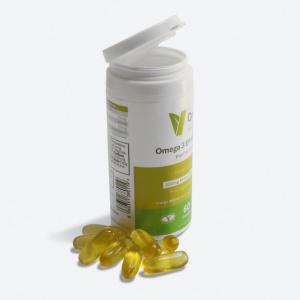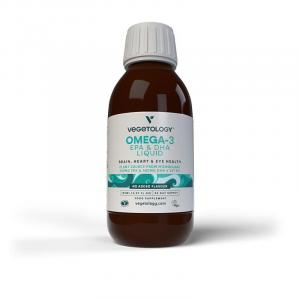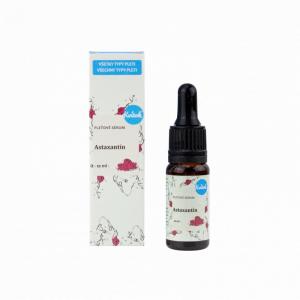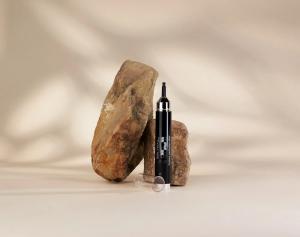Haematococcus pluvialis
Other names: Sphaerella pluvialis, H. lacustris, astaxanthin, astaxanthine, microalgae, micro-algae, ovoester
Harm score: 1 (Natural substances)
Haematococcus pluvialis (otherwise known as Sphaerella pluvialis, H. lacustris, microalgae or micro-algae) is a freshwater algae that is widely known for its ability to produce a powerful antioxidant called astaxanthin (sometimes referred to as ovoester). This microscopic algae is naturally found throughout the world and is ideal for intensive cultivation in controlled environments such as bioreactors. It is usually oval in shape and has a green to red colour, depending on the amount of astaxanthin in its structure, which is released in response to stress conditions.
Astaxanthin, which is the active substance produced by this algae, is a very powerful antioxidant that finds application in a number of products. Its main area of application is in the food industry, specifically as a dietary supplement that serves as a prevention against a number of diseases, including cardiological and certain types of cancer. Astaxanthin is also an essential part of the diet for aquaculture, such as salmon farming pools, which acquire their typical pink colour thanks to it. In the cosmetics industry, astaxanthin is used to make anti-aging creams and serums because its powerful antioxidant effect helps protect the skin from sun damage and slows down the aging process. It is also increasingly appearing in the sports nutrition range where it promotes muscle recovery, improves stamina and enhances physical performance.
Haematococcus pluvialis can be found in the following products

Opti3 Omega-3 EPA & DHA with vitamin D 60 capsules
Product detail
Vegetology Opti-3, Omega-3 EPA and DHA with vitamin D3, liquid 150 ml, unflavoured
Product detail
Facial serum - Astaxanthin (10 ml) - protects against external influences
Product detail